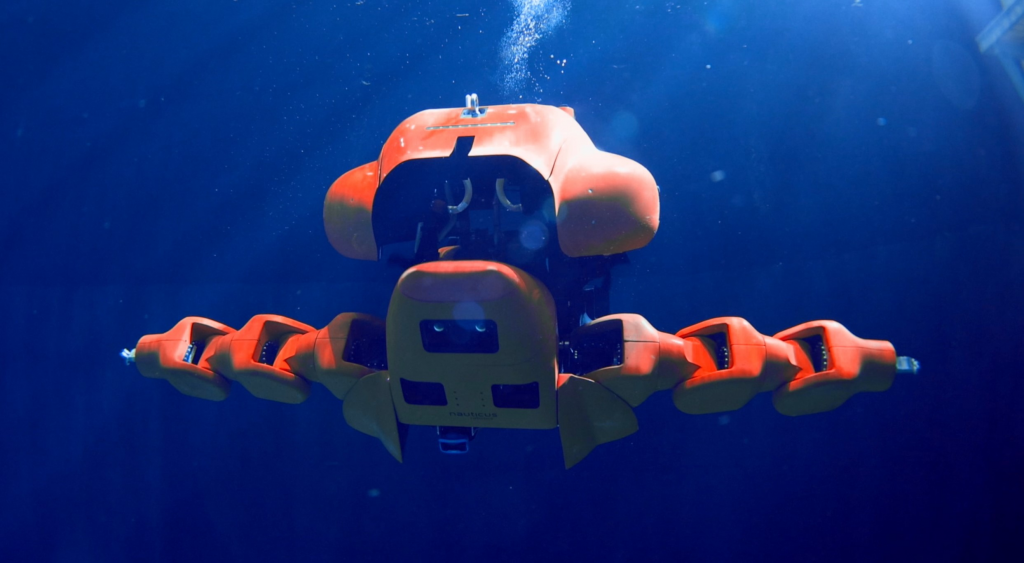
How Robots are Saving the Planet
Robots are becoming increasingly popular in addressing environmental challenges. With the help of innovative technology, these robots are helping to reduce waste, monitor pollution, and protect endangered species. In this article, we will explore how robots are being used to save the planet and create a sustainable future.
Waste Reduction
One of the biggest environmental challenges facing the world today is waste. Landfills are filling up at an alarming rate, and the amount of plastic in our oceans is reaching crisis levels. Robots are being used to help address this problem by sorting and processing waste.
Robotic arms are being used in recycling plants to sort through piles of waste and separate recyclable materials from non-recyclable ones. This not only reduces the amount of waste going to landfills, but it also saves energy and resources by creating a closed loop system.
Another way robots are being used to reduce waste is through the development of robotic cleaners. These robots can be programmed to clean up litter and debris in public spaces, reducing the amount of waste that ends up in our waterways and oceans.
Pollution Monitoring

Pollution is another major environmental challenge that robots are helping to address. With the help of sensors and other monitoring technology, robots can collect data on pollution levels and help identify sources of pollution.
Underwater robots are being used to monitor the health of our oceans. These robots can collect data on water temperature, acidity, and pollution levels, helping scientists to better understand the impact of human activity on marine life.
Air pollution is also a major concern, particularly in urban areas. Drones are being used to monitor air quality and collect data on pollution levels. This information can be used to create more effective policies and regulations to reduce air pollution and protect public health.
Protecting Endangered Species
Robots are also being used to protect endangered species. With the help of drones and other robotic devices, researchers can monitor and track endangered animals without disturbing their natural habitats.
Drones are being used to monitor the movements of elephants and other large animals in Africa. This information is used to develop conservation strategies and protect these animals from poaching and other threats.
Robotic fish are also being developed to monitor water quality and protect endangered species. These fish can swim freely in their natural habitats, collecting data on water temperature, pH levels, and other environmental factors.
Conclusion
Robots are playing an increasingly important role in addressing environmental challenges. From waste reduction to pollution monitoring and protecting endangered species, these innovative technologies are helping to create a more sustainable future for all of us. As we continue to develop new and innovative ways to use robots, we can look forward to a cleaner, healthier planet for generations to come.
Email- contact@devopsschool.com

 Starting: 1st of Every Month
Starting: 1st of Every Month  +91 8409492687
+91 8409492687  Contact@DevOpsSchool.com
Contact@DevOpsSchool.com
